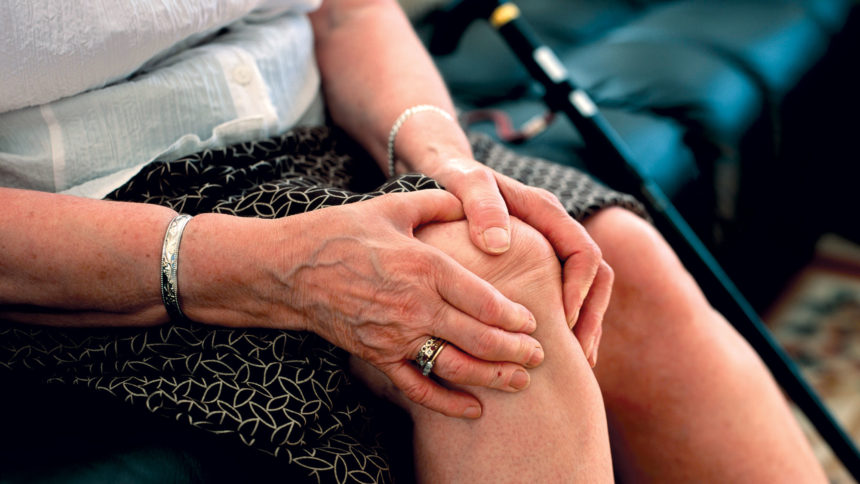
Older adults with knee osteoarthritis had low rates of dedicated non-surgical care between 2005 and 2010, according to a retrospective cohort study published Tuesday. Yet conservative treatments such as physical therapy or therapeutic injections were tied to lower rates of knee replacement, the researchers found.
Investigators looked at Medicare claims ending when these beneficiaries had total knee arthroscopy (knee replacement) or in 2015 when the study concluded. Among more than 988,000 beneficiaries with knee osteoarthritis, 33% had knee replacement surgery within a median follow-up period of 5.6 years.
Relatively few beneficiaries were treated by physical therapists, rheumatologists, physiatrists or pain specialists, found Michael M. Ward, M.D., MPH, of the National Institute of Arthritis and Musculoskeletal and Skin Diseases. Results also revealed that the more frequently patients visited doctors for knee complaints, the more likely they were to have knee replacement.
In contrast, the use of physical therapy, specialist care and therapeutic injections were associated with a lower likelihood of surgery, Ward reported. Physical therapy in particular was tied to lower total knee replacement rates across all regions.
“While this may be because many beneficiaries had mild knee osteoarthritis, use of these services was also low among those who subsequently had total knee arthroscopy,” Ward noted.
What’s more, in addition to its low use overall, conservative care was less commonly used in U.S. regions that had high rates of knee replacements, “suggesting that surgery may more often be substituted for conservative care in these regions,” he said. “It will be important to examine whether the use of conservative therapies was limited by capacity constraints or underappreciation of their role in the treatment of knee osteoarthritis.”
Taken together, the study results raise questions about whether the appropriateness of knee replacement rates varies by region, and suggest the possibility for greater use of conservative care for knee osteoarthritis, with the potential to slow rising rates of surgery, Ward concluded.
The study was published in the journal Arthritis & Rheumatology.




